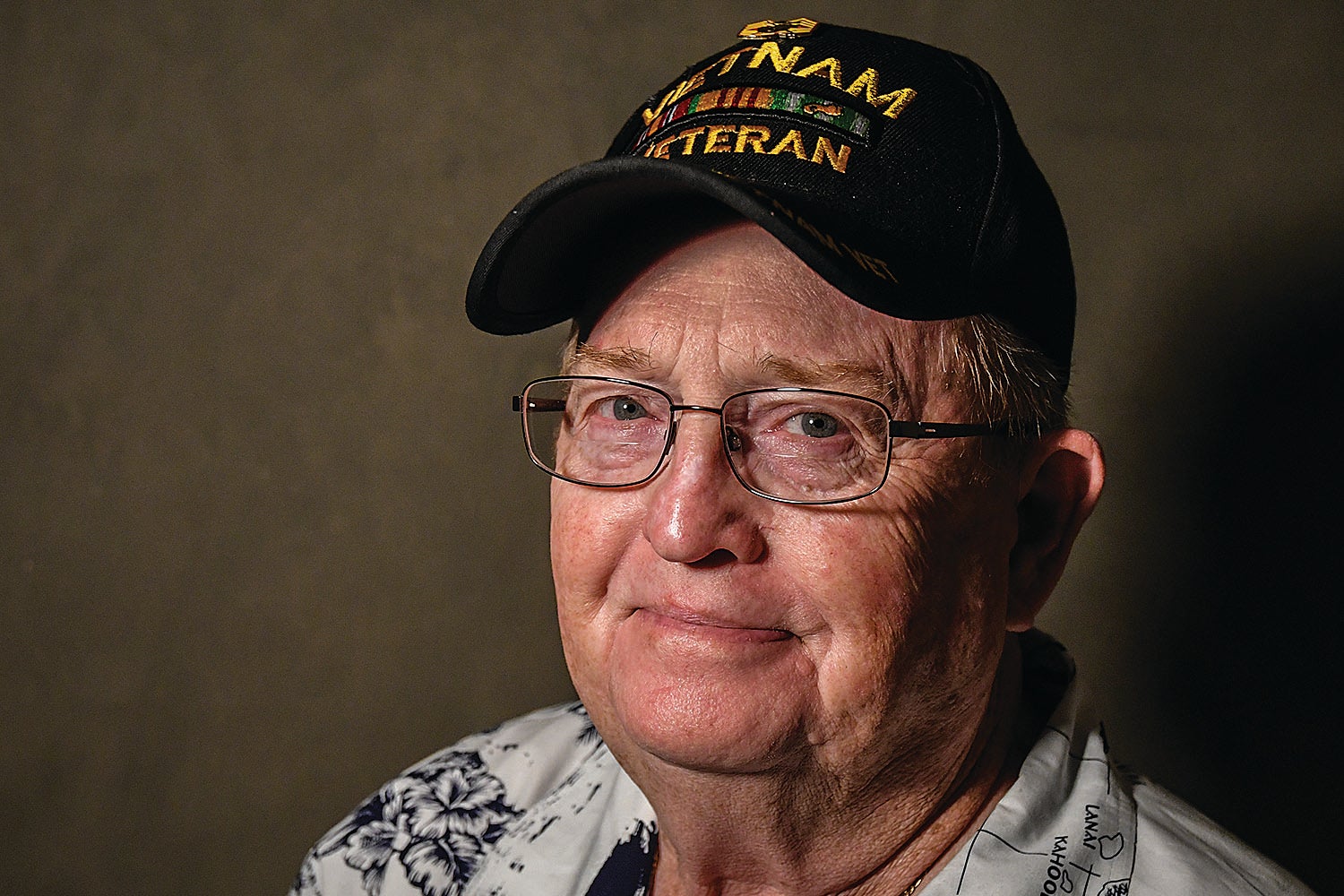Life, even grave sites move on
Published 12:24 pm Friday, November 20, 2015
By T.J. Ray
Not long ago a friend gave me a copy of the 1912 map of Lafayette County. In the area covered by Sardis Reservoir are several dozen schools, churches and cemeteries. In a moment of historical curiosity, I wondered what steps were taken to preserve all those departed folks. My bet is they were simply flooded over.
Sorting through boxes of old black and white photos, I came across quite a number with no name on the back. A very few I could name but many I simply didn’t know.
What have these two observations got in common? Time passes — as do lives.
Cherish people while they’re with us and mourn them when they go away, the fact is that in time our lives move on without them. And even the special place we lay them become lost. With the engulfed grave sites of Sardis in mind, consider some others.
East of Oxford near Lake Puskus is a small cemetery that even has the remains of a picket fence around one small group of graves. Names are totally absent. West of Water Valley lies a cemetery with a curious aspect. Walking down a trail at one end of the plots, a person comes to a separate burial site. A row of five graves with marble markers are there. Three of the markers still have the original stone head pieces. Each marble piece has two words. One is a family name. Taken together, the top words on the graves read “five good men lie here.” The owners of four of those slaves are buried back up the trail. East of Bruce is an old burial place, its church long gone.
Reading inscriptions along the rows, one finally comes to one that gives a detail about the death of the occupant: “hanged by the neck.”
One occupant buried near Coffeeville stands out. Or rather, stands up. His name was Alexander Gilliland, who fell from the roof of a building he was working on. Legend has it that he spent years paralyzed in bed before his death and requested that he be buried standing up.
If a camera shot a grave each year on the anniversary of the burial, how long would it be before no new flowers are placed there?
At what point have so many folks gone on that the entire graveyard is abandoned? Would the growing absence of visitors to a grave parallel the growing number of old photographs that are nameless? I’m sure my mother could name all the folks in the boxes, but she just neglected to ID them for me.
Now I must choose as I sort faces whether to pass them on to my son. Is it likely that the moment the old pictures go into the trash that those lives are finally over?
T.J. Ray, a retired professor of English at the University of Mississippi, can be reached at tjmaryjo@bellsouth.net.





